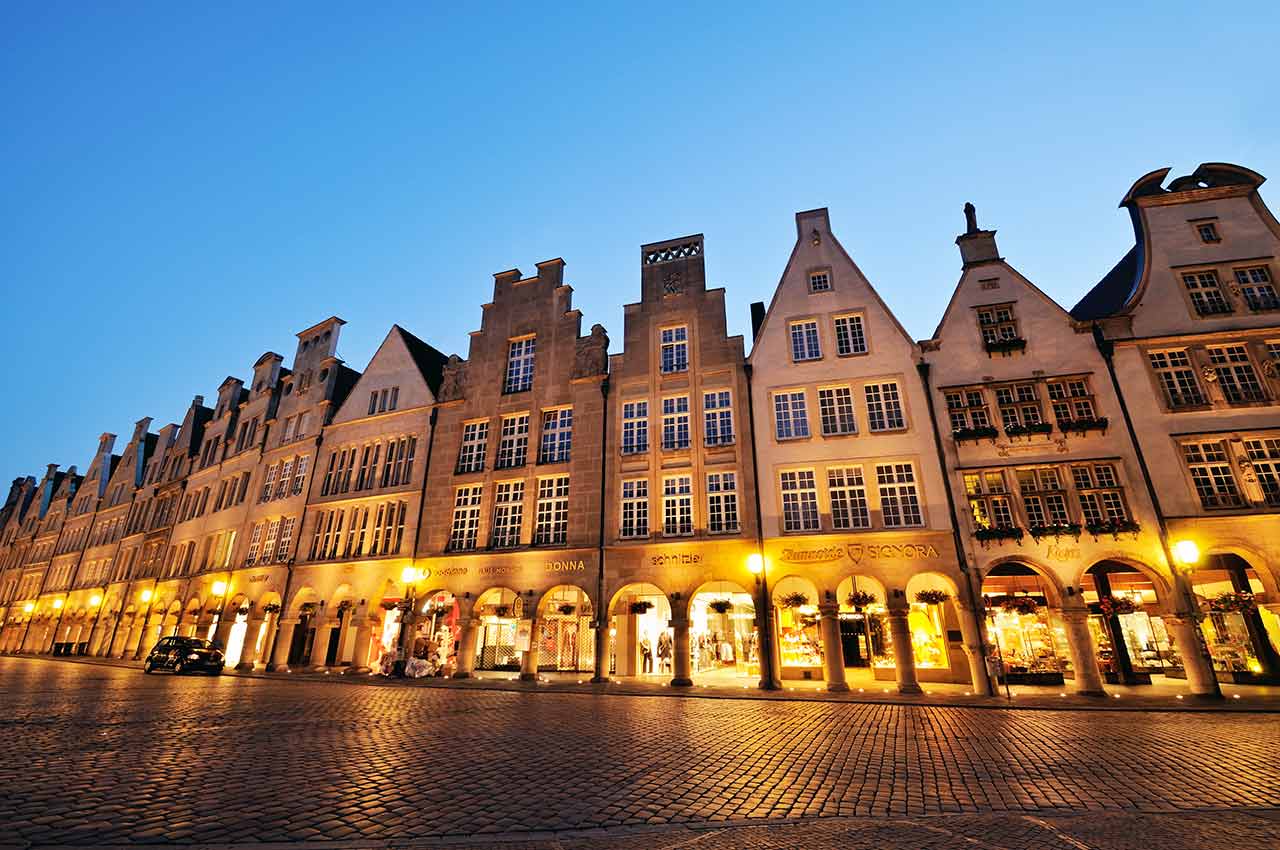
WEIGHT: 46 kg
Breast: A
One HOUR:100$
Overnight: +70$
Services: Ass licking, Sauna / Bath Houses, Toys / Dildos, Disabled Clients, Face Sitting
View as PDF. The introduction of the Munster technique into the United States in generated considerable interest in the prosthetics profession, particularly for the management of amputees with short and very short below-elbow stumps.
However, in spite of the enthusiasm for this technique, its application has met with varying success in this country. The dearth of precise instructional material has undoubtedly contributed to the lack of consistent results. Each prosthetist has improvised from the limited information available, sometimes successfully, sometimes unsuccessfully. The purpose of this article and the manual upon which it is based Reference 5.

References 1. Fishman, Sidney, and Hector W. This point is stressed because at least one critical procedure in the fabrication technique, that of cast taking, is quite difficult to learn by the written word and pictures alone. The procedures presented do not conform in every respect to those promulgated by the developers, Drs. Oskar Hepp and G. Reference 2. Hepp, O. For this reason the technique is referred to as the "Munster-type" fabrication technique.
In choosing this title, it is intended to give appropriate credit to Drs. Hepp and Kuhn for the original development of the technique, without implying identity with their procedures. Short below-elbow stumps have always presented fitting problems for the obvious reasons of small attachment area, poor leverage, and a decreased range of useful motion. Split sockets and step-up hinges have commonly been used to provide a full range of elbow flexion deg. However, this system is characterized by several features which tend to reduce its over-all acceptability.

Step-up hinges decrease the lifting power available to the amputee, increase the bulk of the prosthesis at the elbow and proximal forearm, and historically have lacked durability. During the middle 's, Drs. Hepp and Kuhn of Munster, Germany, formulated a new approach to the prosthetic management of short upper-extremity stumps.


































